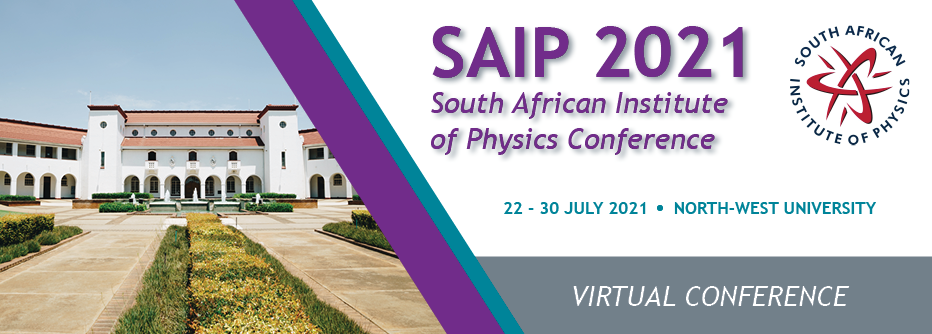Speaker
Description
The monitoring of volatile organic compounds (VOCs) in the atmosphere can yield useful information regarding environmental processes, such as the degradation of pesticides or the composition of natural gas seeps. The VOCs in air are easily monitored by trapping on silicone multi-channel traps (MCTs) followed by gas-chromatographic analysis. However, MCTs are not passive devices and require active pumping of air. Conventional electric pumps are expensive and complex, which limits the use of MCTs in environmental sampling to campaigns conducted by trained workers. But one of the characteristics of the MCT's open-tube design is a very low pressure drop (typically 20 Pa), which allows the use of very simple pumps.
When there is a temperate difference across a porous membrane of which the pores have diameters much smaller than the mean free path length of the gas molecules on either side, a flow of gas $Q$ is generated from the cold side towards the hot side. This phenomenon can be termed thermo-effusion. $Q$ is a function of the gas pressure $P$, the gas temperatures $T_1$ and $T_2$, the total area of the pores $A$, and the molar mass of the gas $M$.
$ Q = \frac{P A}{\sqrt{2 \pi M R}}\left(\frac{\sqrt{T_1} - \sqrt{T_2}}{\sqrt{T_2 T_1}}\right) $
Thermo-effusion offers the possibility of pumping air using no moving parts. In a suitable device sunlight could be used to generate a temperature difference across a mesoporous membrane, and the resulting flow could then be used to pump air through a sampling trap. This could allow the deployment of MCT samplers in remote areas by semi-skilled workers.
A first-order approximation from naïve theory calculates that for a porosity of 20%, a membrane with pores of 6.8 nm diameter and 5 K temperature difference across it can generate a flow of 200 ml/min using an area of only 5 mm square. While these values are certainly optimistic and a real system will not be nearly as efficient, they indicate that a useful flow can probably be obtained using practical membrane sizes and temperature differences. Membranes with suitable porosity and pore sizes are commercially available and could be used in future experimental investigations.
Apply to be considered for a student ; award (Yes / No)?
No
Level for award;(Hons, MSc, PhD, N/A)?
N/A

